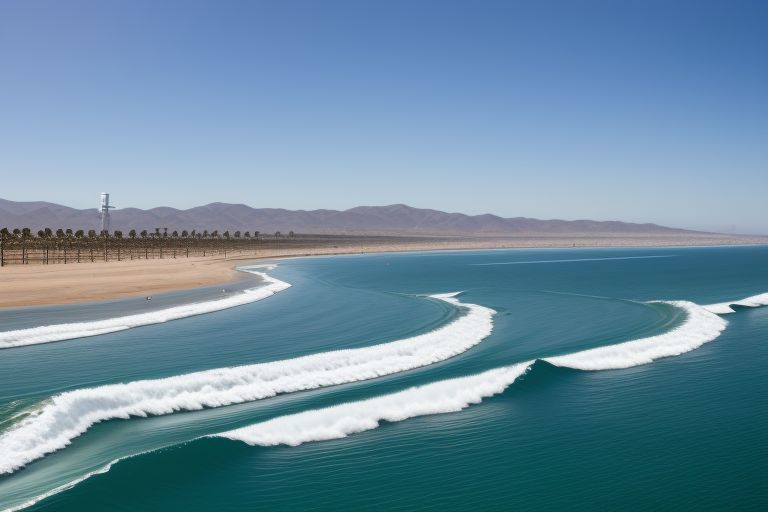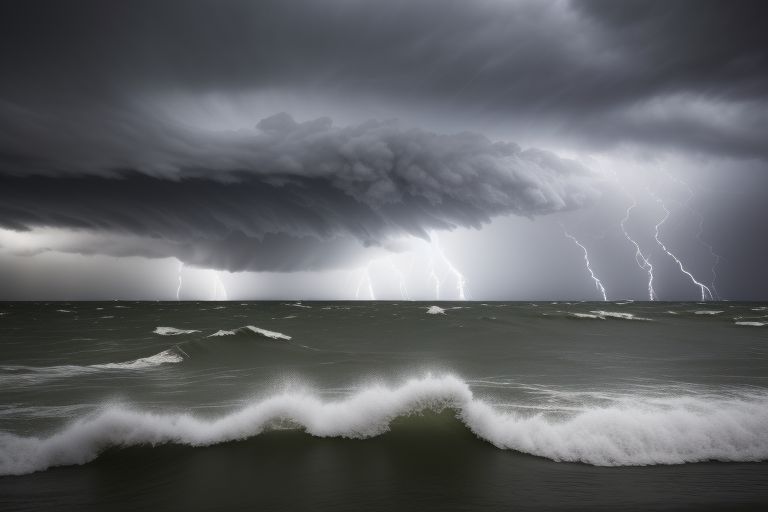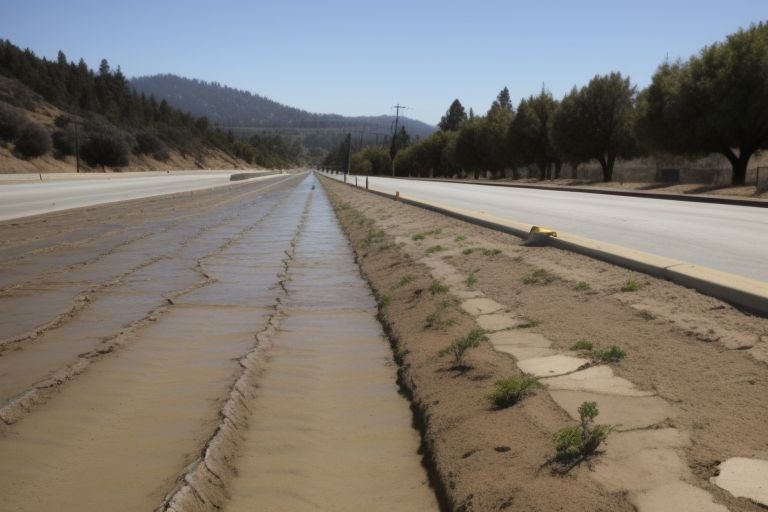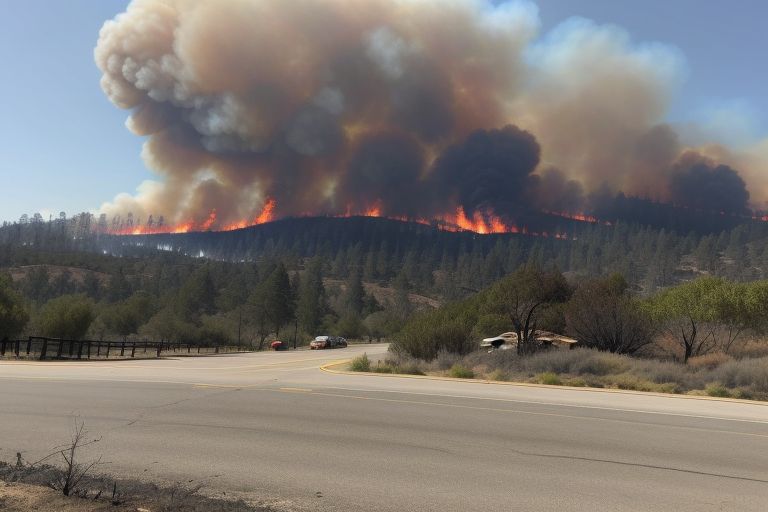In a decisive and ambitious effort to overcome California’s ongoing water deficits, Governor Gavin Newsom has recently declared the construction of a large scale desalination plant on the coast of the state. This grand project which is called the ‘Operation Blue Gold’ is intended to ensure a huge enhancement of water availability in California through leveraging the Pacific Ocean resources. The upcoming plans were revealed as the state enters the fourth year of drought in the region which requires immediate solutions that can help millions of citizens have a water secure future.
The main focus of Operation Blue Gold is the building of five brand new desalination facilities that will be situated at the coast of California. These facilities will incorporate the most advanced reverse osmosis system to desalinate seawater and purify it into freshwater, having a capability to produce in excess of 250,000 thousand gallon of fresh water a day. This output is expected to provide about 1 Water needed for the people; This means that, if the Ministry of Water is to provide 1 Water, then the amount of capital investment required should enhance this capacity. 5 million households which can effectively emergency a way in the future to reduce dramatic and detrimental effects of droughts on the already stressed water resources in the state.
Analyses of the environmentally sensitive areas have been conducted in this project mainly during its planning stage. To avoid the negative effects of marine environment, the desalination plants shall incorporate protective intake system reducing the negative effects to marine lives. Furthermore, the plans are developed for brine disposal management, dilution and deep sea discharge in order to avoid any hazardous impacts on environment due to the concentrated salt which is the byproduct of the desalination process.
The policy has had buy-in from environmental organisations, farmers, ranchers and urban water districts. The following broad-based support shows that more and more people are now understanding that it is high time California looked for other sources of water supply to adapt to climate change and growing population pressure. However, it is still questionable for some ‘green’ activists because of using the energy and possibilities of negative effects on the environment in the long-term perspective.
Very importantly, to support the energy-absorbing process of water desalination the state has ambitions to rely on the development of the renewable energy sources sector. This means that a major part of the electricity demand of the plants will be sourced from dedicated solar and wind farms thus making the project meet California’s rigorous climate targets. The framework for linking water and energy policy is indicative of the state’s concern for sustainable development and such a linkage may provide lessons to other states with similar problems in managing water.
The OPERATION BLUE GOLD has significant effects on the economy. The jobs to be generated in the project will include construction and engineering personnel and plant operators and it is expected to generate thousands of jobs and positively impact the coastal economies. Moreover, the enhanced level of water security it is expected will bring other multidimensional impacts on the performance of sectors in the state’s economy, such as agriculture, technology, etc.
The $20 billion funding will be in form of state bonds, federal grants, and state and private partnership. Governor Newsom also pointed out to the fact that while the costs are well high at the onset, the pay off in terms of water and economic security can hardly be rivaled. He also observed that the project would also make it possible to cut on water transfers from other states in California and hence likely lessen the existing water conflict across the states.
Some fears have been voiced over the expense of water which is produced through desalination, for it is often expensive than usual water sources. In response, state officials have provided a detailed range of pricing that will seek to make it easier for homeowners to pay while at the same time discouraging wastage. This is because it is believed that large users that are in industries and agriculture will be able to afford to pay for the water they use in large proportions.
This is a result of the recent announcement by California of initiating Operation Blue Gold, with this a lot of debate has risen on water rights and its distribution. Major users of water which is around 60% from the central valley agricultural interests have welcomed the project but with care as it holds a lot of promise as far as dealing with competition for scarce resources is concerned. Water districts in the Southern California, which were historically relying on imported water, consider desalination initiative as a first move towards attaining local water supply.
This then is the challenge with which California is undertaking the lofty task of desalination and, as we noted earlier, the global community of observers will be watching intently. The outcome of operation blue gold may influence other Arid region’s water management framework across the globe depending with the generated results. As climate change leads to more shortages of water all over the world, California has been testing a major-scale method of desalination, lessons may be learned here for the future.
The project activities also estimate the first plant to be developed in the next three years with the full capacity by 2030. As construction starts and the configurations of this monumental project emerge, Californians are guardedly upbeat about a time when water deficits might no longer define the state’s environmental and economic destinies. Operation Blue Gold stands for more than mere advancement in technology but a shift in social thinking on the management and worth of the absolute necessity of the life.











Leave a Reply